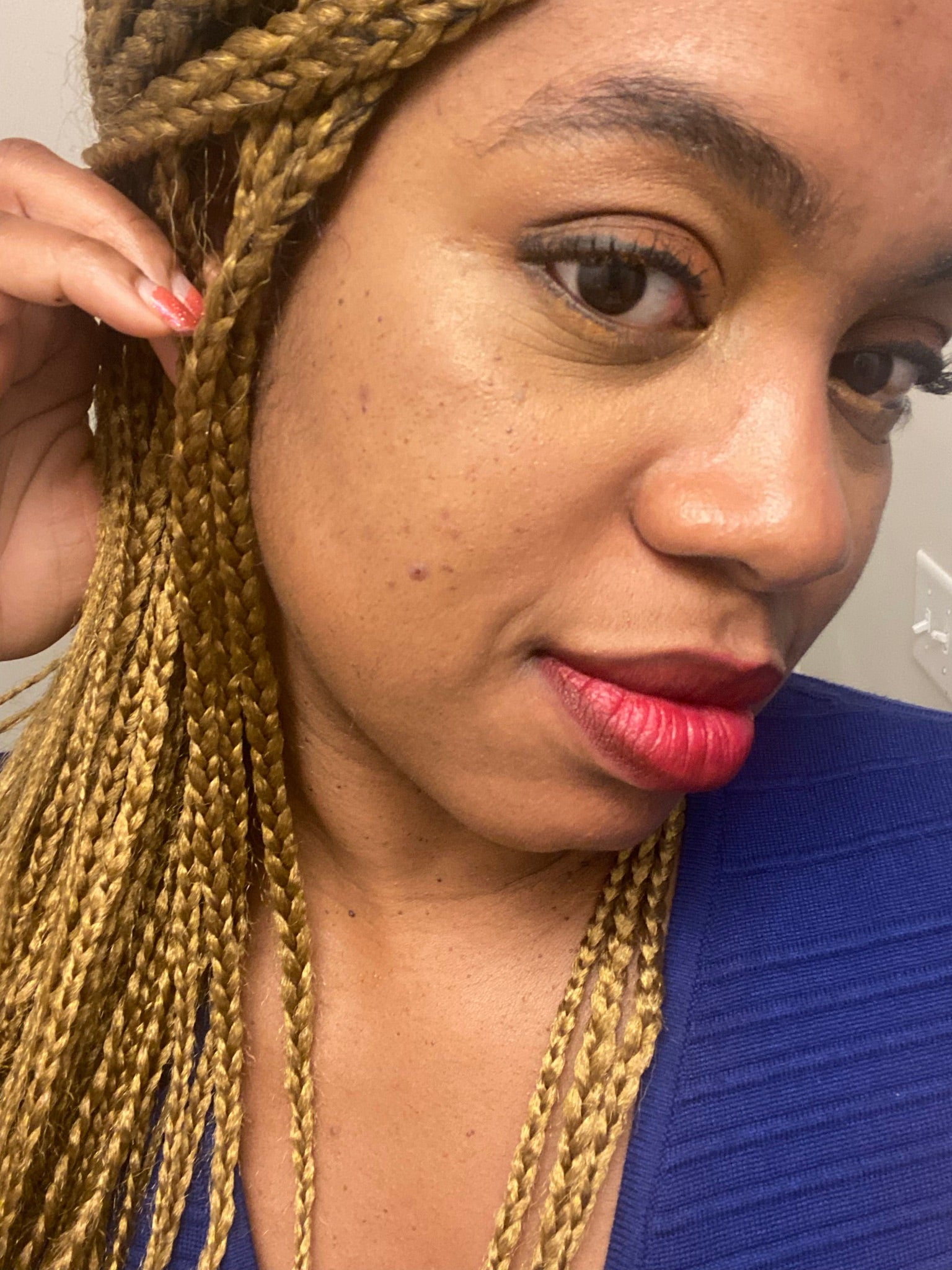
THE SCIENCE BEHIND ACNE
The Science behind Acne
Today I would like to talk about a dermatologic condition that affects how so many people see themselves and can have severe psychological repercussions. My baby sister has been struggling with acne for years now and so many people have made fun of her because of it. People can be so mean and what hurts me the most is that people make fun of things that we can’t even control. Nobody asked to be born the way he/she is. Acne treatment also comes with severe side effects, I am sure people would not go through such therapies if people were not so obsessed with beauty!
Anyway, coming back to today’s topic. Acne is a chronic inflammatory skin disease that is very common. There are four well-recognized pathological factors responsible for acne which are also the target for acne therapy.
In this article, I will talk about the current treatment available including topical drugs, systemic drugs but also alternative/natural medicine, and physical therapies.
P.S: no matter how people look at you, remember that you are BEAUTIFUL just the way you are!
Pathogenesis.
Acne is a chronic inflammatory disease affecting your pilosebaceous unit which is the part of your skin where you find the glands producing sebum and hair follicles.
The four main factors triggering the formation of acne are increased sebum production, irregular follicular desquamation, Propionibacterium acnes proliferation, and inflammation. Hormonal treatments that increase the formation of comedones such as androgens, halogens, corticosteroids, and any cosmetics that clog your pores might also trigger acne formation.
Acne usually starts with increased production of sebum, so people with hormonal issues (such as abnormal androgen production) leading to an increased production of sebum will be at high risk.
Another phenomenon occurring at the early stages of acne is the formation of microcomedone. Indeed, people suffering from acne will notice a hyper-proliferation of cells producing keratin (keratinocytes) and those cells which are usually shed are not, and this with lead to the accumulation of cells/ sebum/ filaments resulting in the clogging of your pores. In that early stage the microcomedone will get filled with more sebum and filaments but without any inflammatory reaction. Comedones will be characterized as blackhead because they will become black at the surface of your skin and later on whitehead because they will be white.
At later stages, those comedones will get infiltrated by bacteria (P. acnes) and as result, white blood cells fighting those bacteria will get attracted to that area and the area will be the site of inflammation. It is noteworthy to report that all individuals have P. acnes on the surface of their skin, however, the difference with people suffering from acne is the fact that this bacterium will trigger an immune response.

Current treatment

Treatments include using topical drugs, systemic drugs that unfortunately have side effects, natural treatments, and physical therapy. The choice of therapy will depend on the stage of acne.Those treatments aim to treat inflammatory and non-inflammatory lesions, treat scars but also to prevent permanent scars and prevent the appearance of new lesions. It is important to note that it could take up to 6-8 weeks before you start noticing an improvement and in some case 6 to 8 months. I do not have to mention that you should of course first see a dermatologist to get diagnosed and to get appropriate treatment, especially if you have an endocrine condition or hormonal imbalance…
- Topical Treatment
- Retinoids: they are the most common topical treatment. They decrease sebum production, normalize the desquamation of the epithelium, decrease the formation of comedones and decrease hyperpigmentation. Some reported that they might also have some anti-inflammatory properties. A common side effect during the first few weeks of topical retinoids treatment is a flare-up of acne. This should, however, clear as the patient continues with the treatment.
- Antibiotics: those drugs are usually used for mild to moderate inflammatory acne. They target P. acnes and as a result, the inflammation decreases. The most popular topical antibiotics used in acne treatment are erythromycin and clindamycin, but, in recent years, the continuous use of these antibiotics has led to the increasing development of resistance against P. acnes strains.
- Systemic Treatment: those treatments usually have more side effects.
- Retinoids: explanation is similar to that provided in the above paragraphs
- Antibiotics: explanation is similar to that provided in the above paragraphs
- Hormonal Therapy: since some people suffering from acne have increased production of hormones such as androgens, using drugs such as Spironolactone that can inhibit androgen receptors are often used in combination with oral contraceptives such as progestins which decrease the production of sebum.
- Alternative Treatment: in the table provided above you find a list of natural ingredients that have been stipulated to work. The good thing about botanical treatment is that they are safer than drugs. The other good thing is that they usually do not lead to dryness of the skin and are able to soothe the skin and alleviate the erythema (redness) associated with inflammatory acne.
- I personally think that natural herbs or ingredients that have powerful anti-inflammatory and antibiotic properties could be effective treatments.
- Retinoids are Vitamin A derivatives so I would assume that foods that are rich in Vitamin A such as carrots would also be good natural treatments. The most difficult thing to figure out when you use natural foods is to know the exact concentrations of a particular molecule. For instance, how much Vitamin A do you find in one carrot. And how many carrots would you need to have a concentration of Vitamin A that is similar to that found in synthetic retinoids?
- Green Tea: it possesses anti-inflammatory, anti-oxidant, antimicrobial, and antimutagenic properties which can be ascribed to its high content of polyphenols, including catechins (flavan-3-ols).
- Tea Tree Oil: it has been suggested that the antibacterial and anti-inflammatory activity of the oil adds to its promising clinical performance.
- Other treatment
- Salicylic acid could also help since it can degrade the outer layer of the skin. It has also been reported that it has mild fungistatic and bacteriostatic properties.
- Chemical peeling: Chemical peels involve facial resurfacing whereby removal of the epidermis stimulates re-epithelization and skin rejuvenation
- Physical Therapy
- Comedone Extraction: this treatment relies on the use of a comedone extractor to remove the comedones.
- Cryoslush therapy: A slush-like mixture consisting of solid carbon dioxide and acetone can be brushed lightly over the infected skin. This will produce desquamation and erythema.
- Cryotherapy: it involves the regulated and targeted destruction of diseased skin tissue by applying a substance with a very low temperature.
- Electrocauterization: this method triggers very low-grade thermal damage on the skin.
- Intralesional Corticosteroids: Intralesional corticosteroid injections reduce the formation of keloid scars and prevent reappearance after surgical removal
- Optical treatment: Optical treatments for acne include laser therapy, light sources, and photodynamic therapy
if you know of anyone struggling with acne, please send him/her my way (kanks.store@gmail.com). I am giving free samples of my experimental herbal lotion formulated for my baby sister.
I really hope that this article was useful and it will put a smile on someone’s face(Diagnosis and Treatment of Acne - American Family Physician, n.d.; Update on Acne Scar Treatment | MDedge Dermatology, n.d.; Fox et al., 2016).
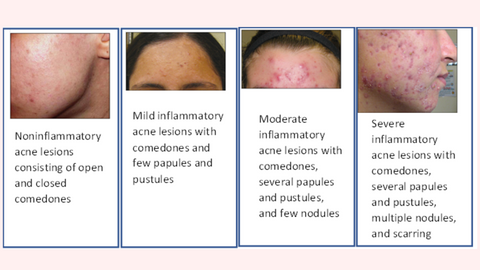
Reference
Diagnosis and Treatment of Acne - American Family Physician. (n.d.). Retrieved March 22, 2022, from https://www.aafp.org/afp/2012/1015/p734.html
Fox, L., Csongradi, C., Aucamp, M., Du Plessis, J., & Gerber, M. (2016). Treatment Modalities for Acne. Molecules 2016, Vol. 21, Page 1063, 21(8), 1063. https://doi.org/10.3390/MOLECULES21081063
Update on Acne Scar Treatment | MDedge Dermatology. (n.d.). Retrieved March 22, 2022, from https://www.mdedge.com/dermatology/article/169785/acne/update-acne-scar-treatment

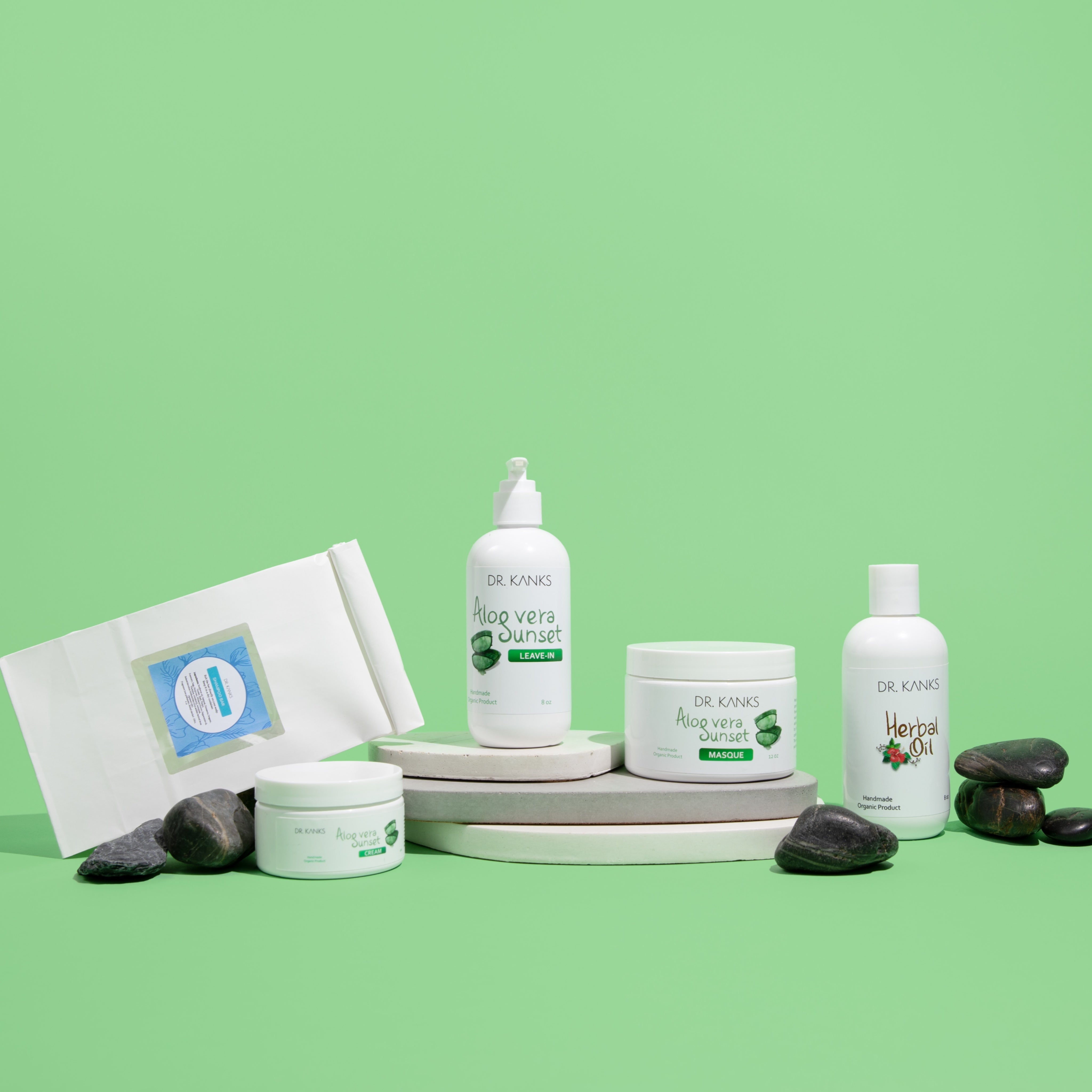

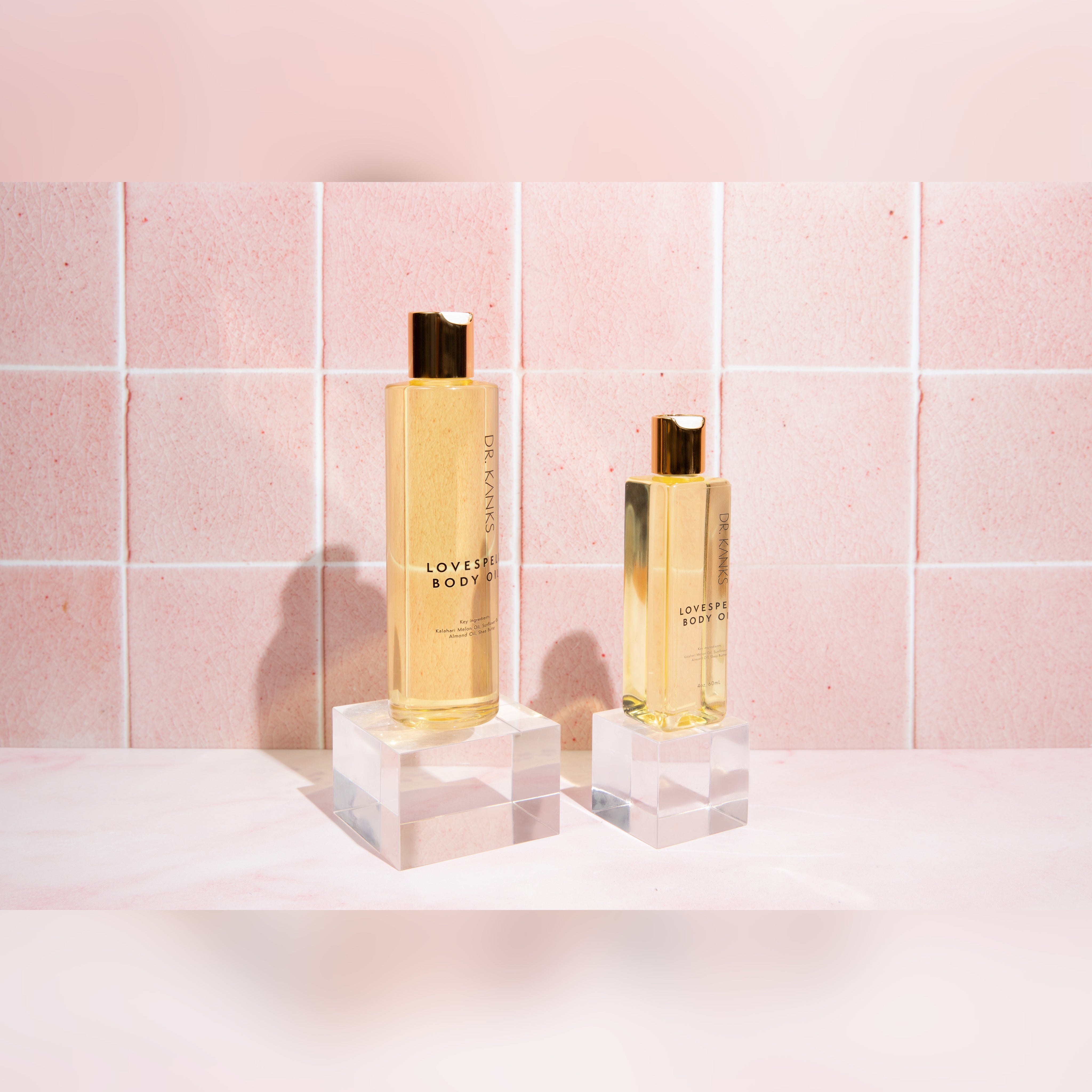
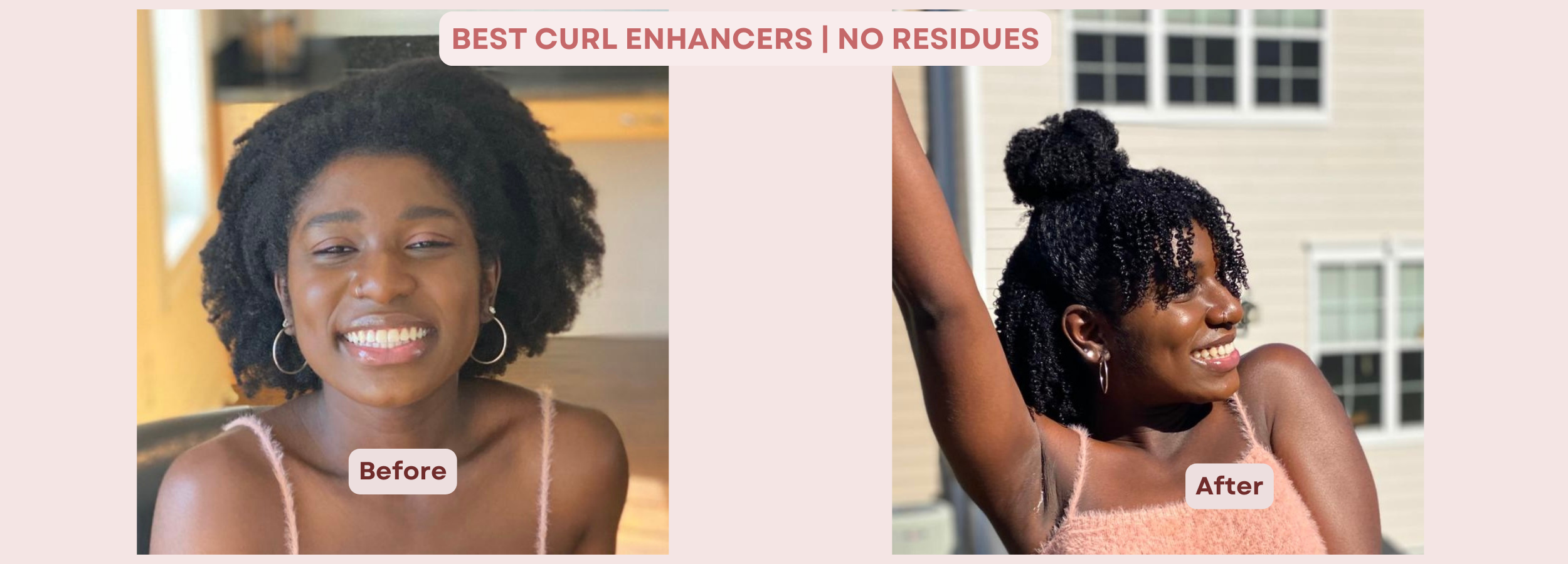
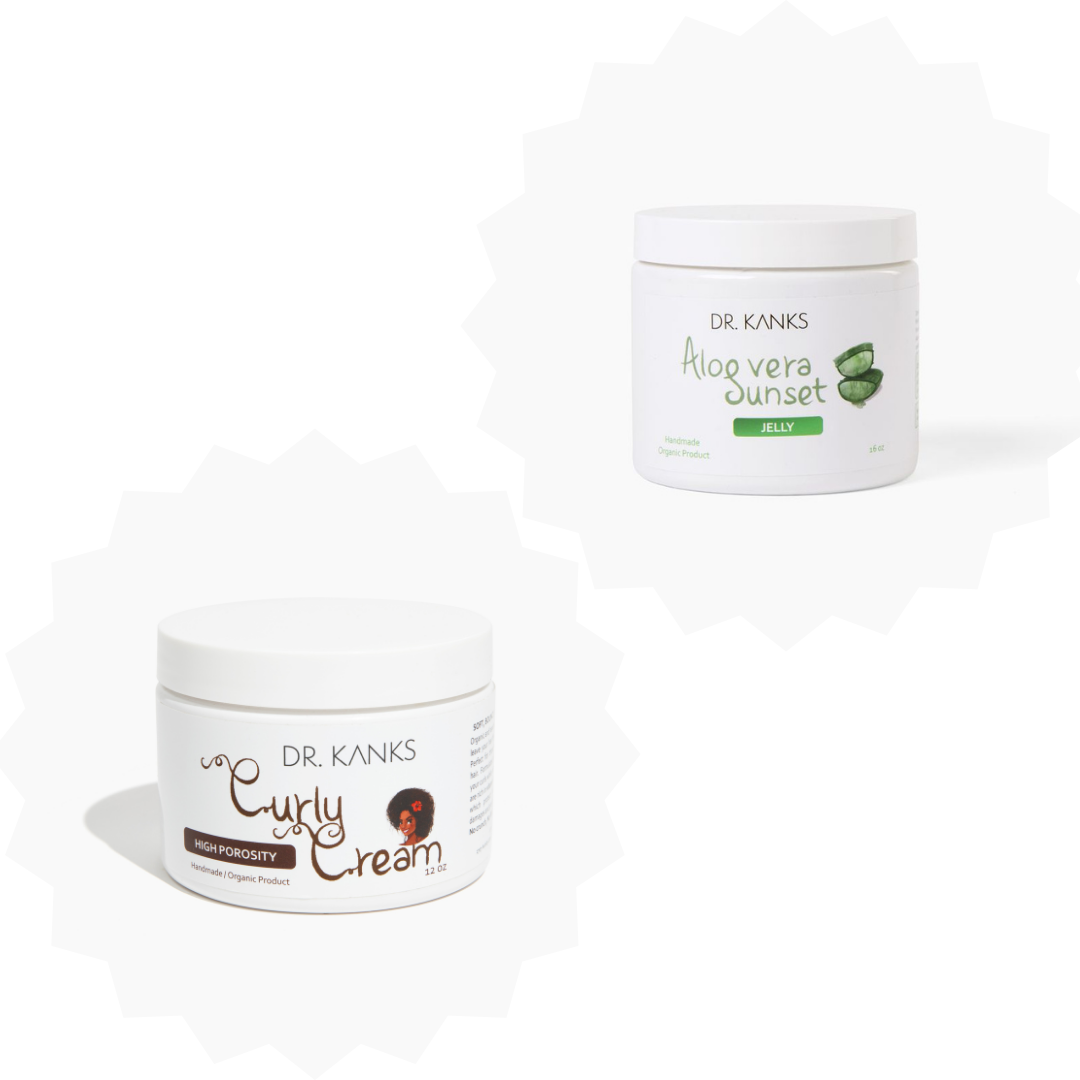
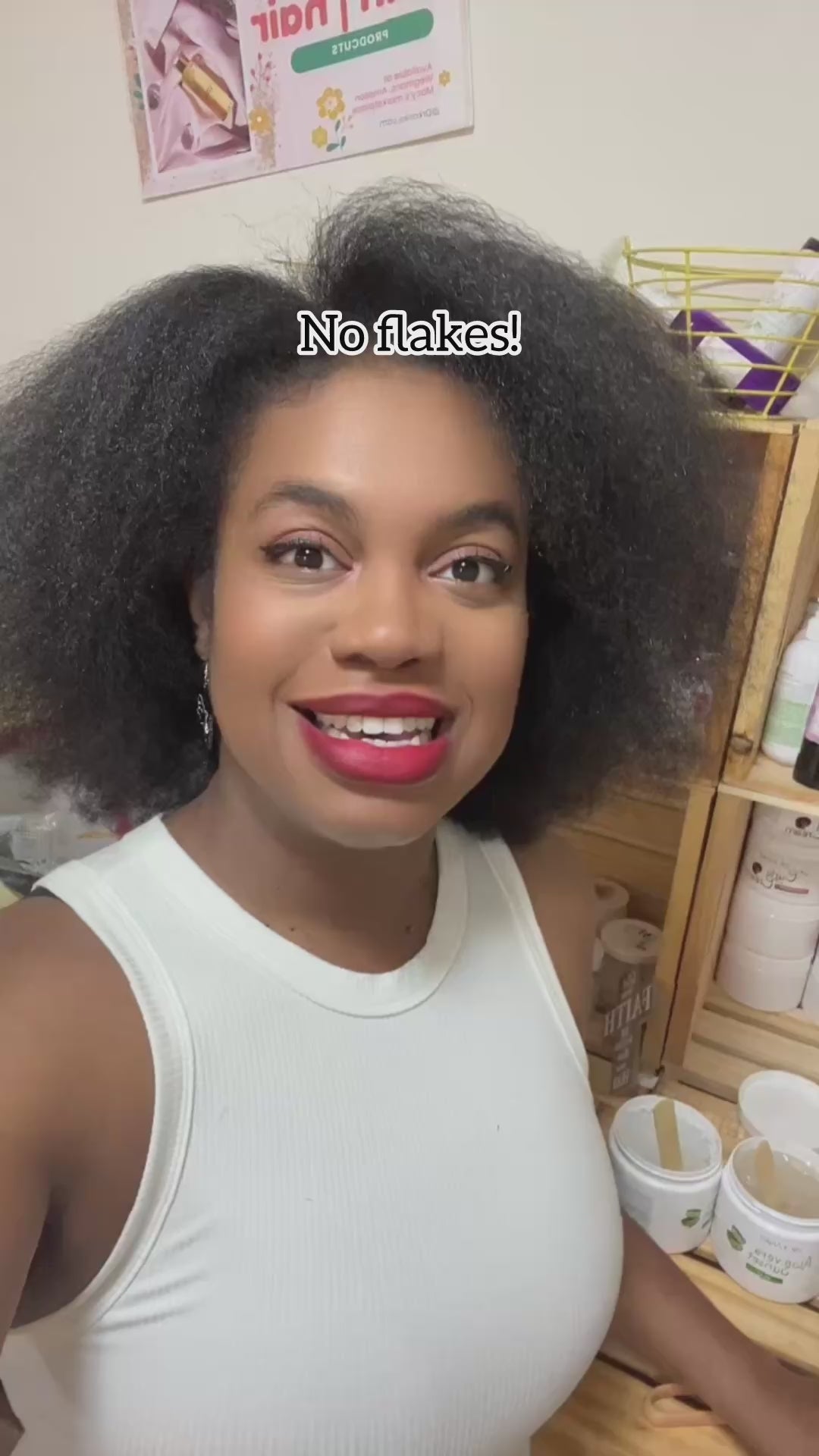
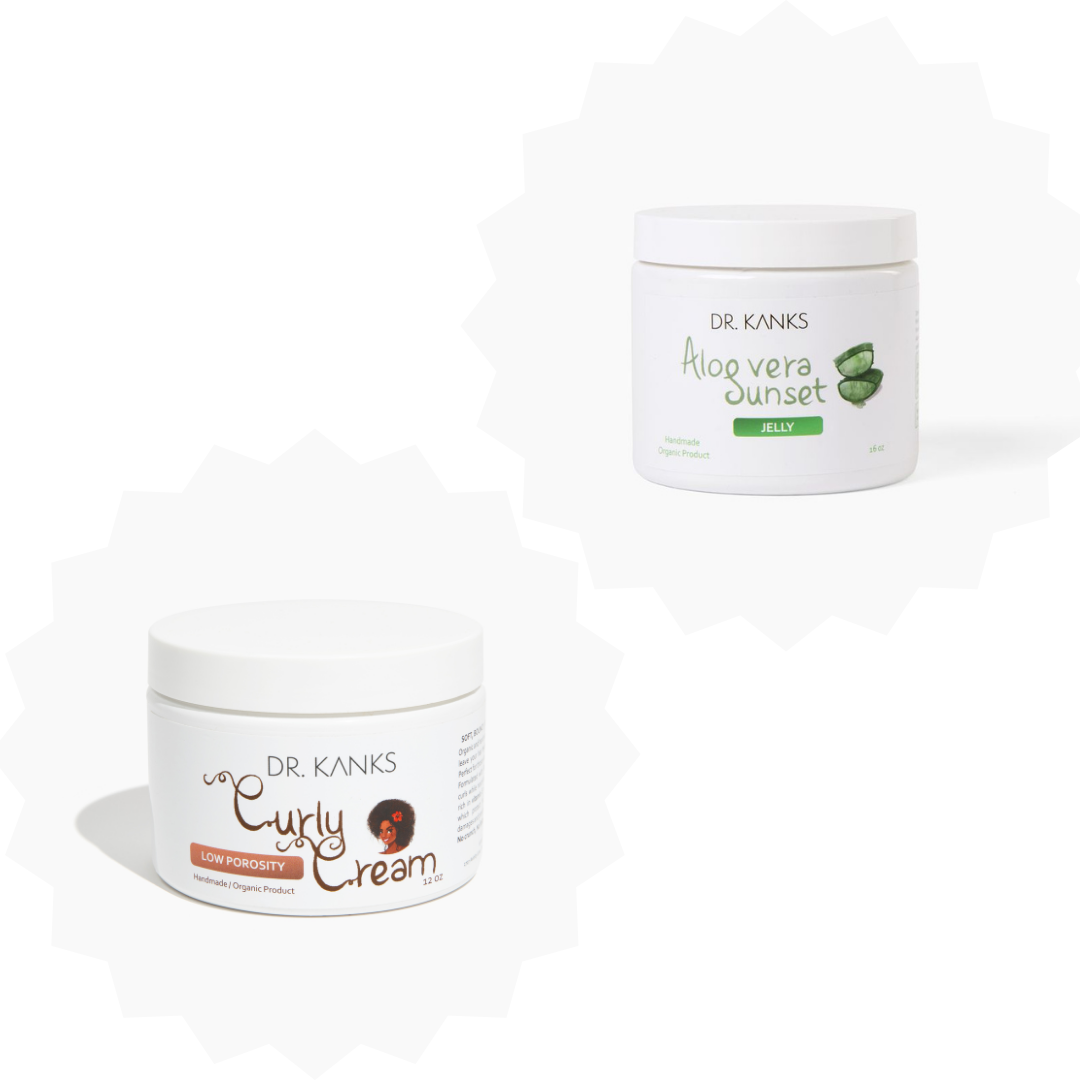
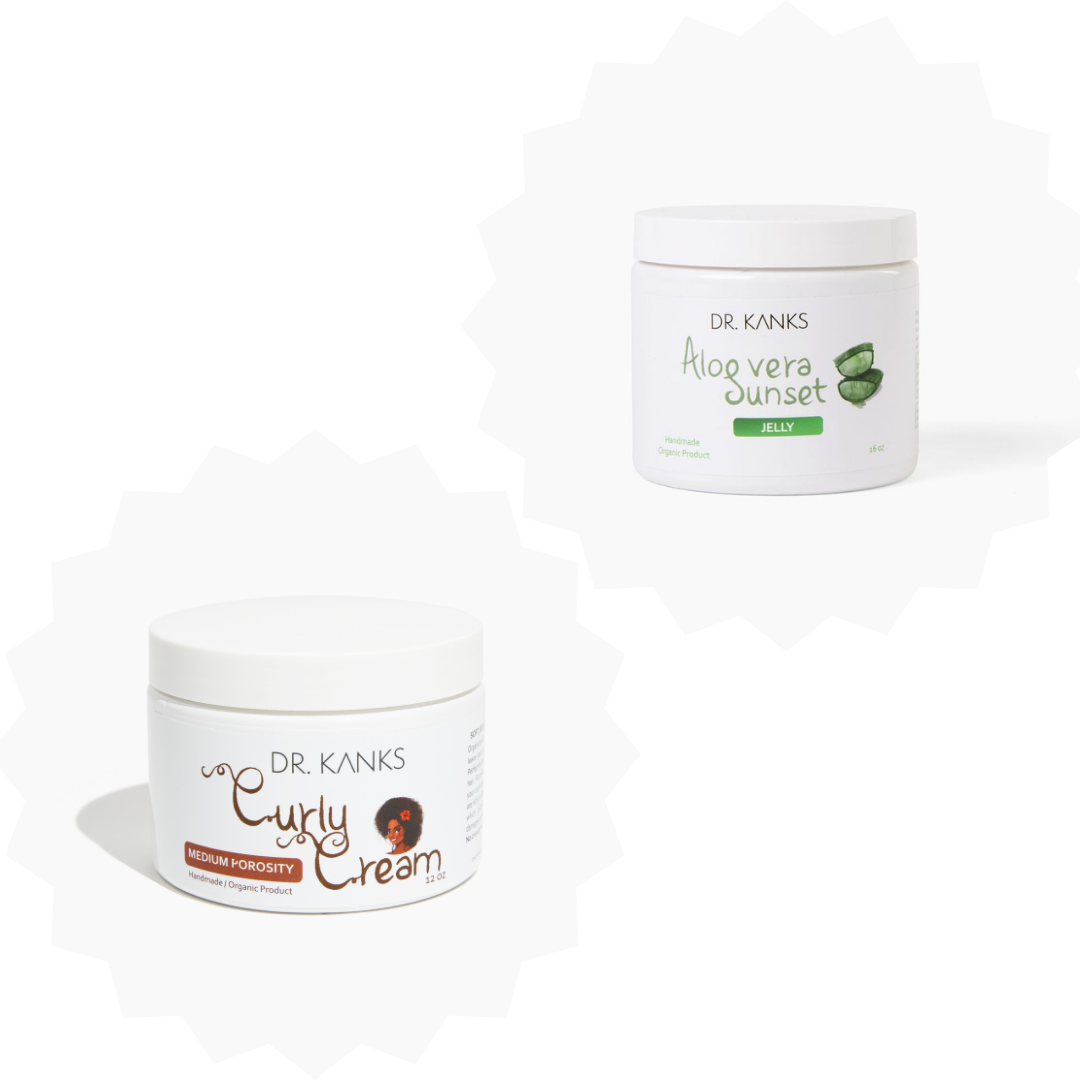
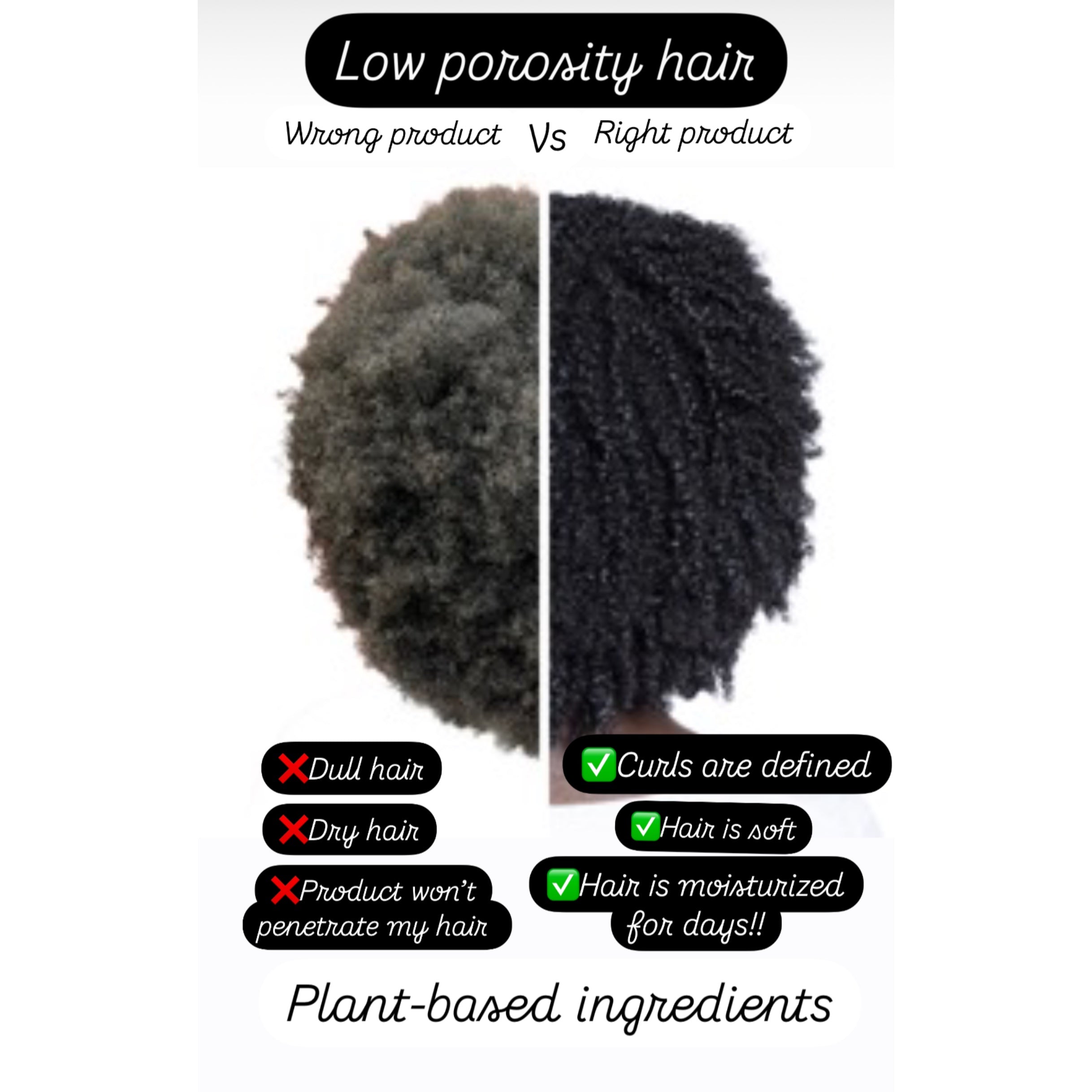
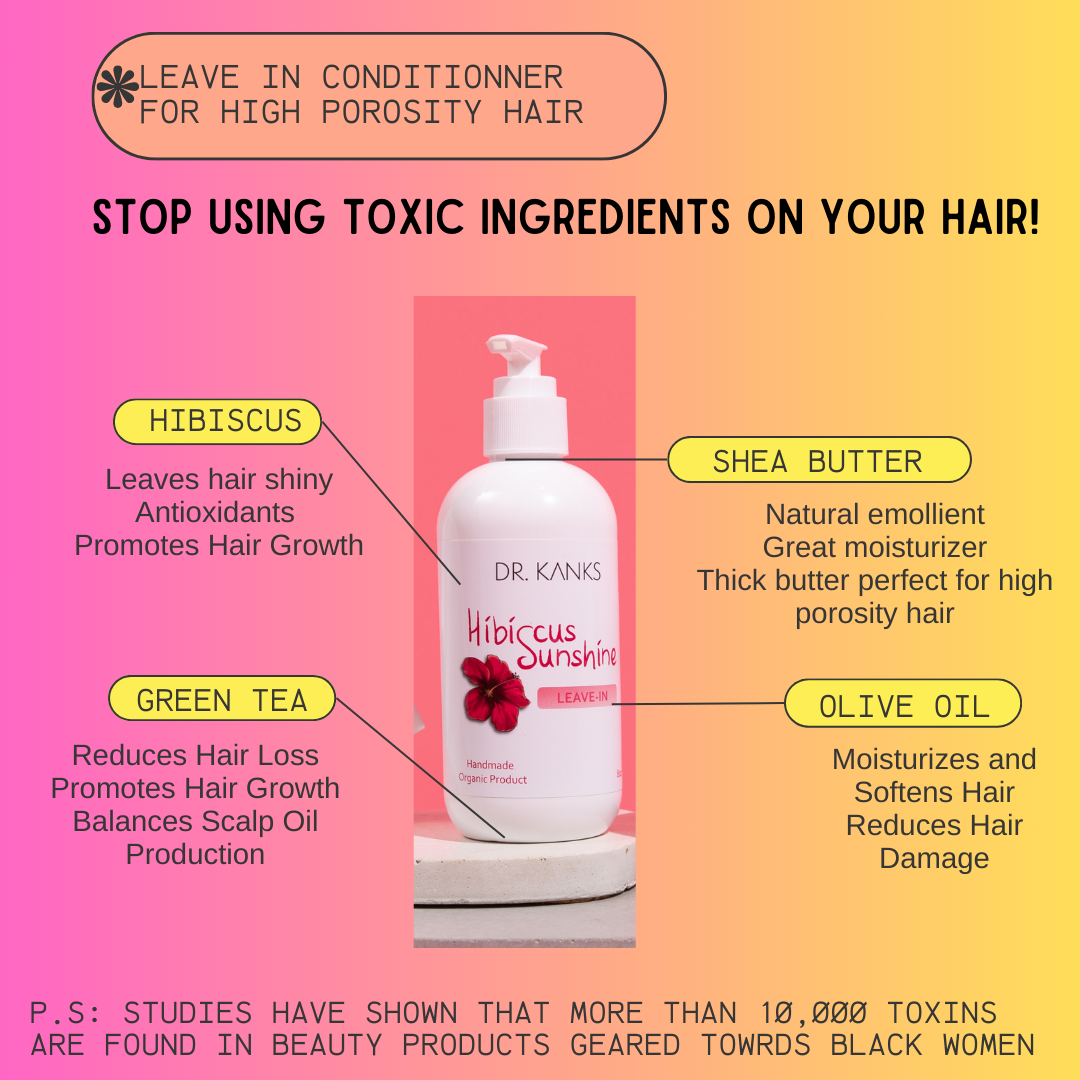

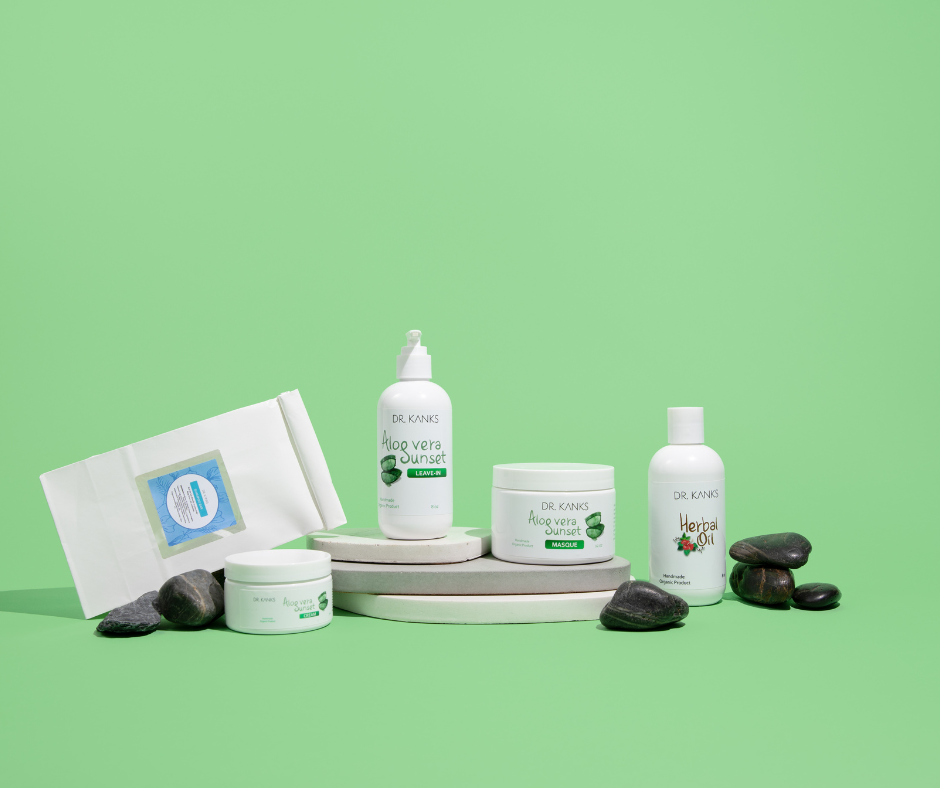
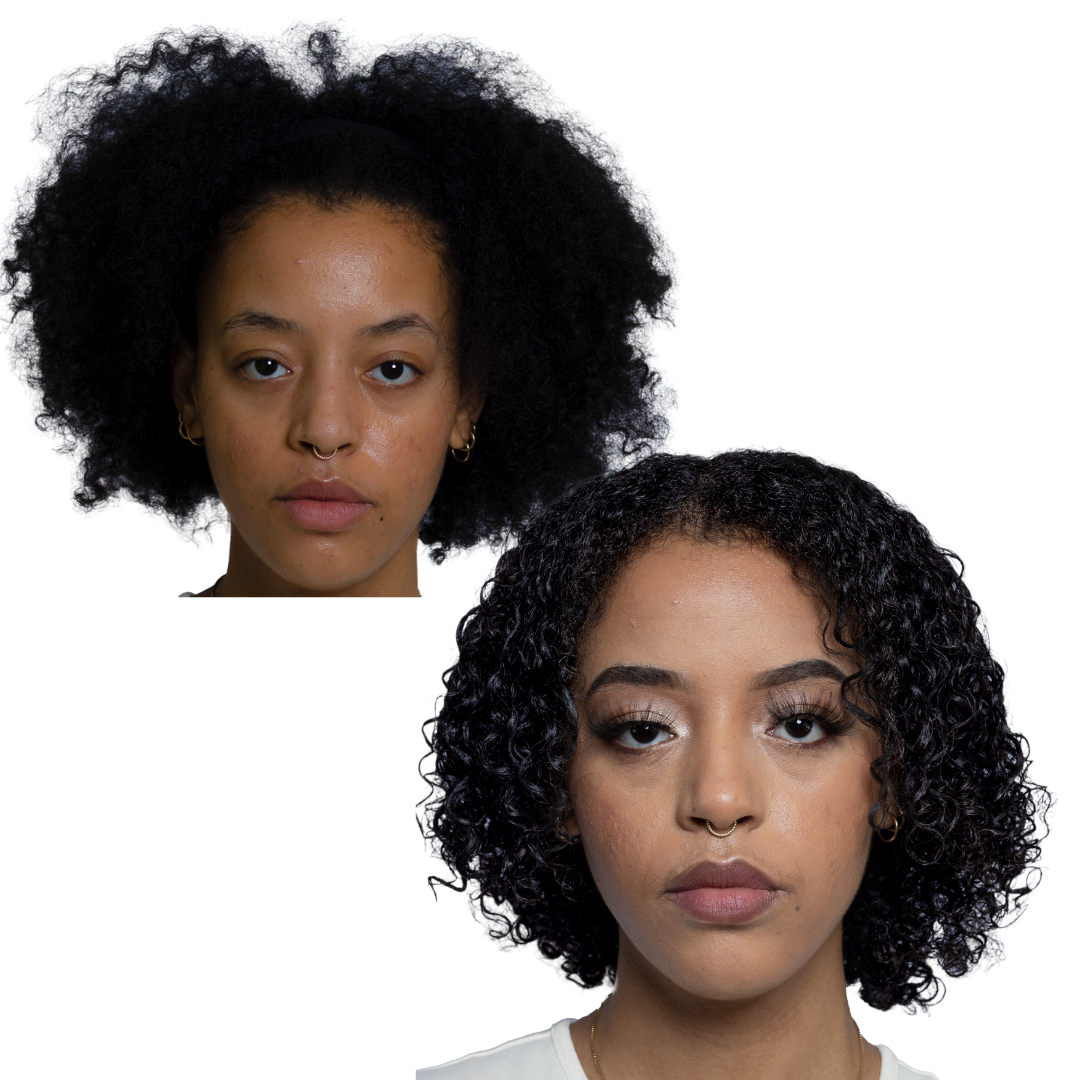
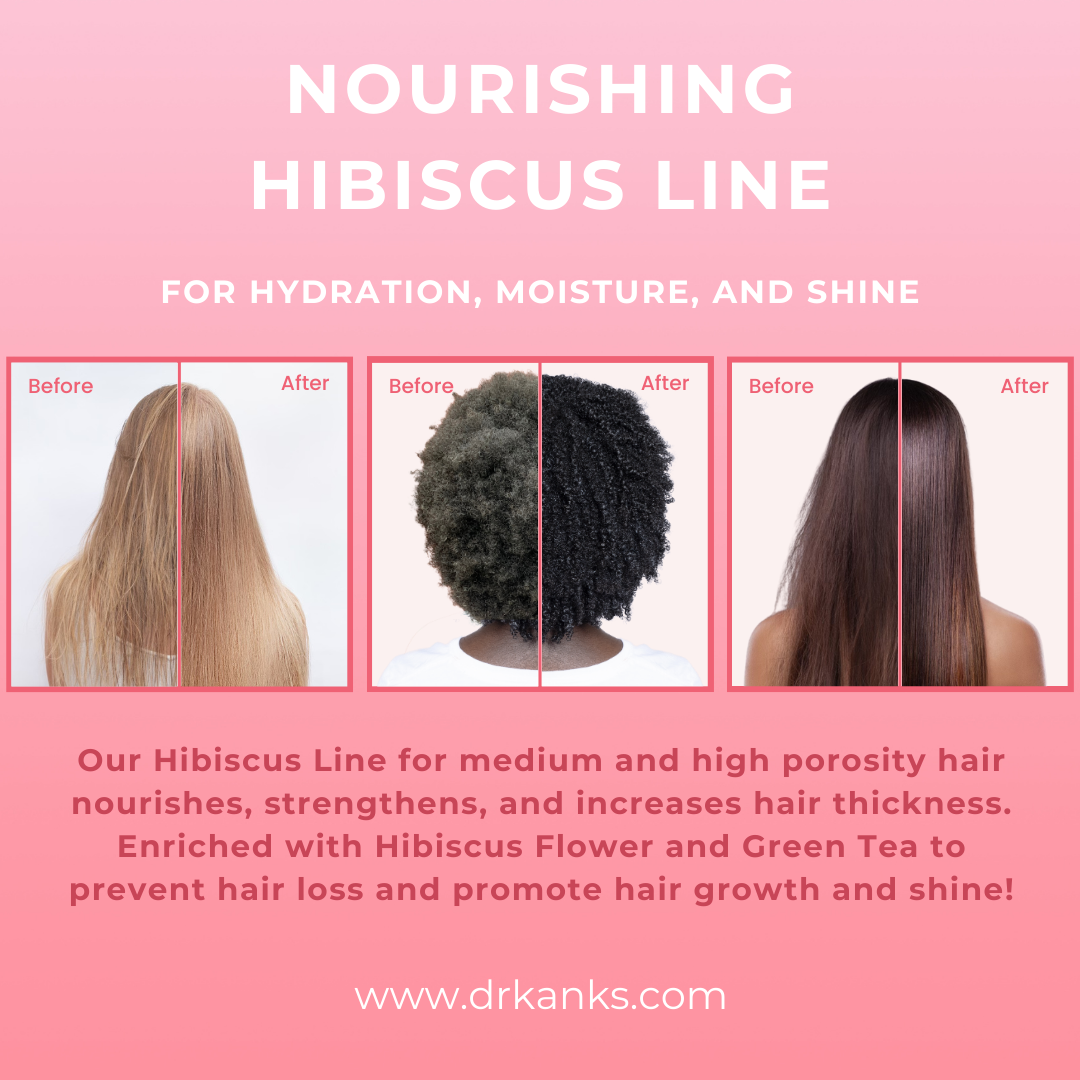
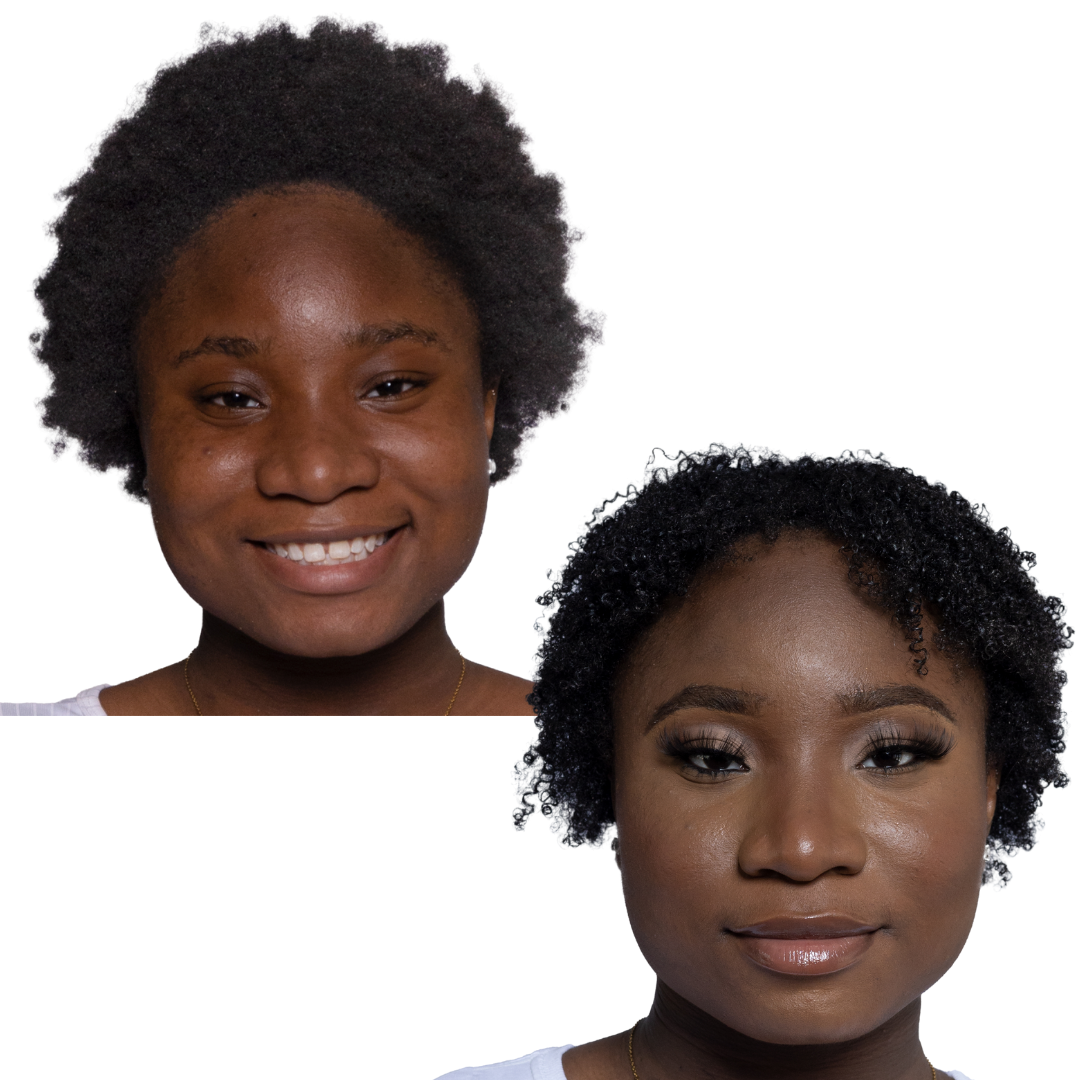
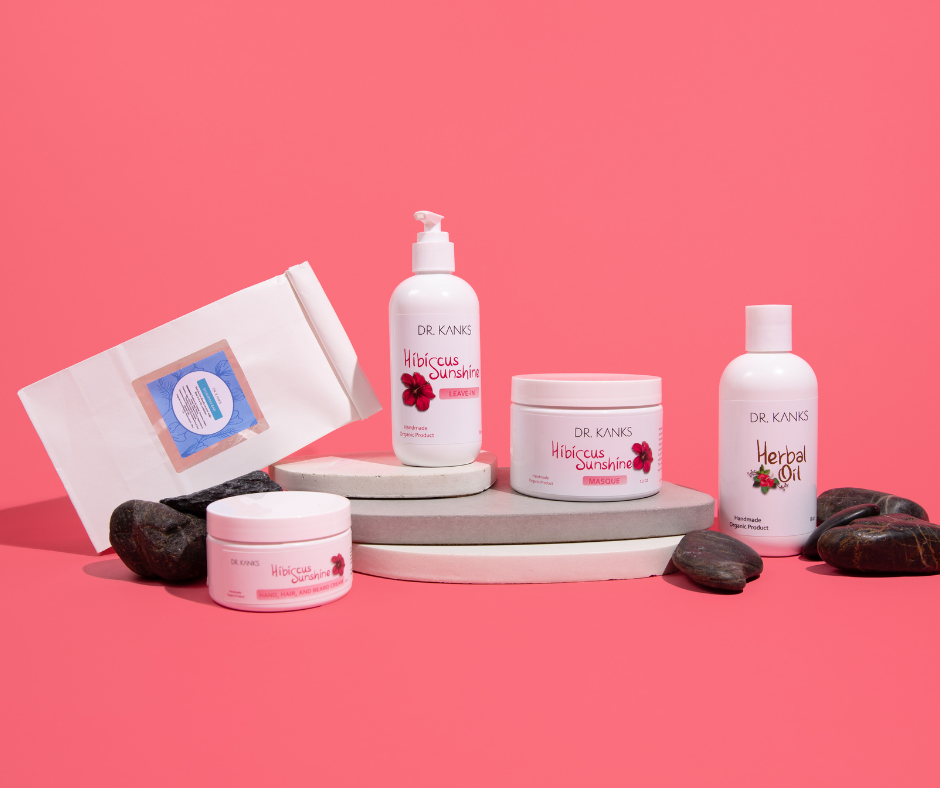
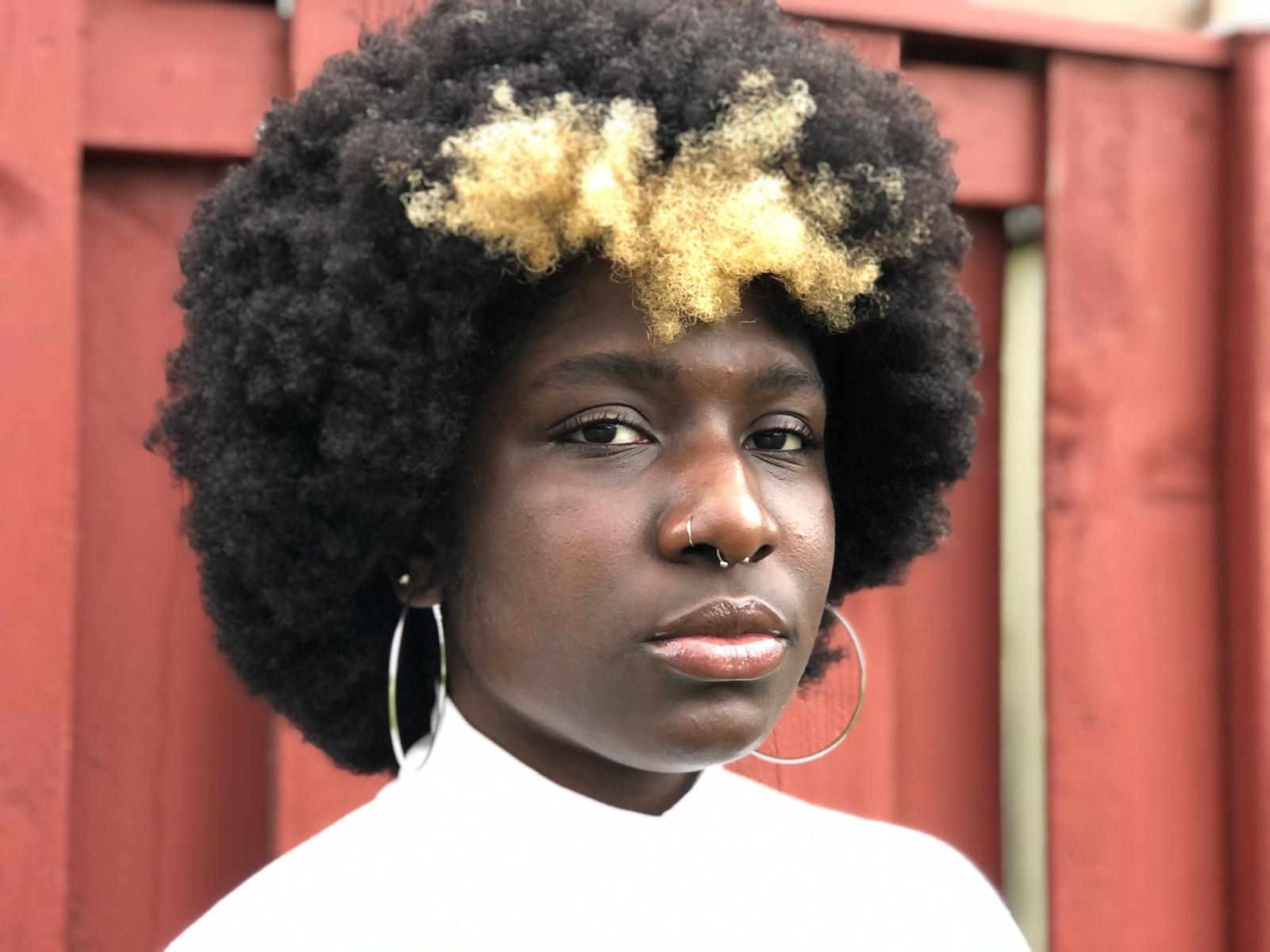

Laisser un commentaire
Ce site est protégé par hCaptcha, et la Politique de confidentialité et les Conditions de service de hCaptcha s’appliquent.